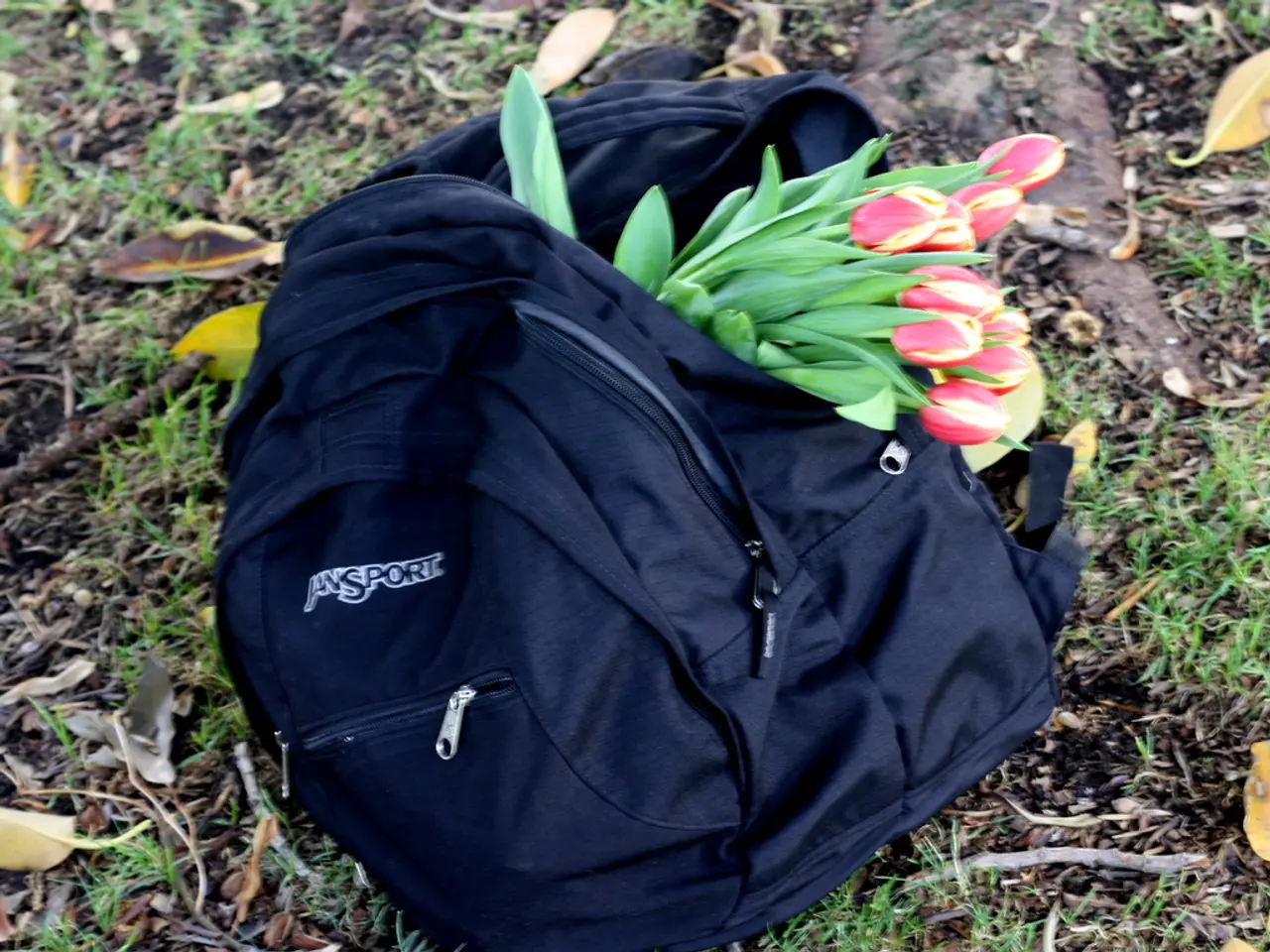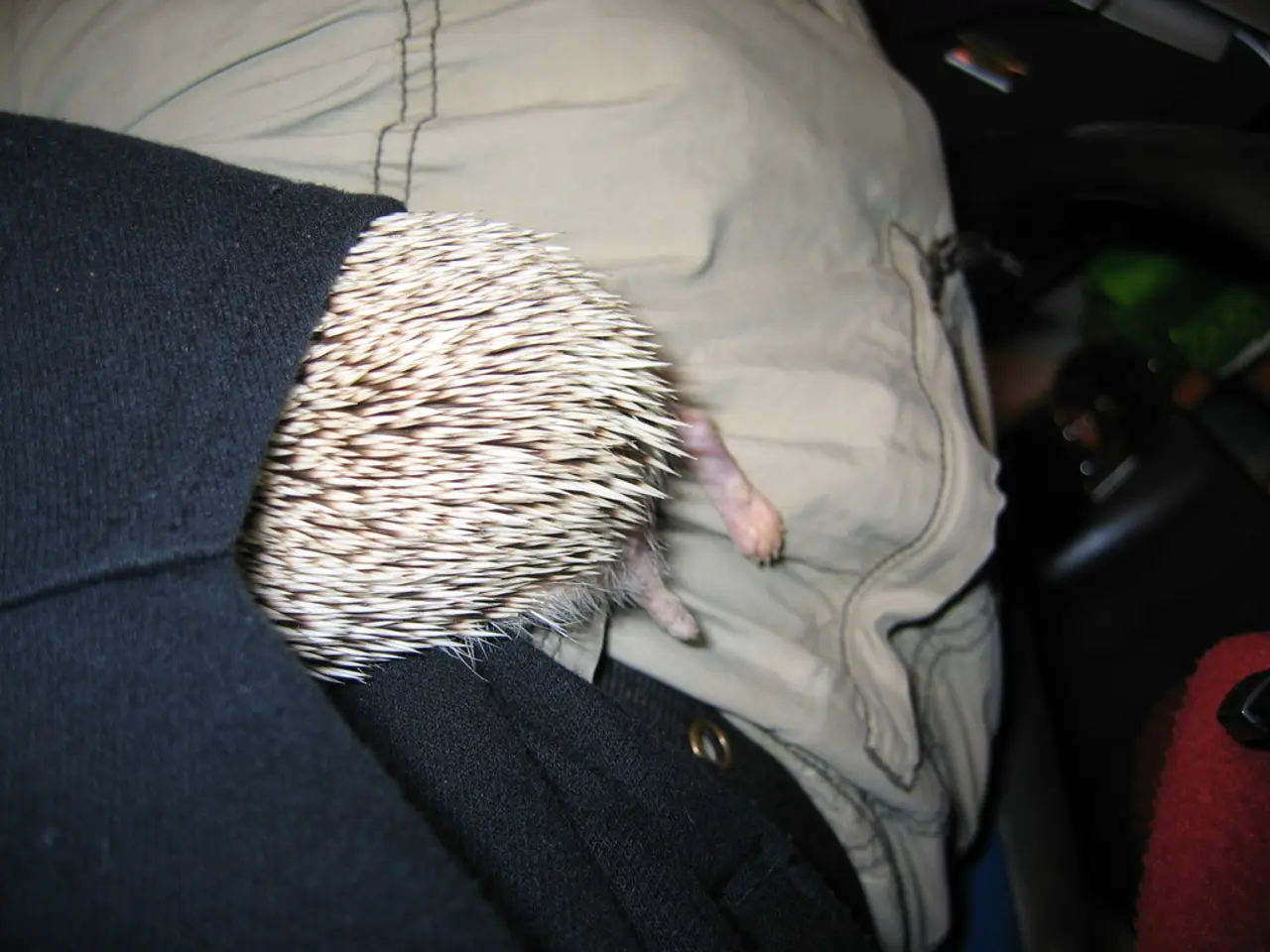Embracing the Composting Process
Compost, a nutrient-rich and eco-friendly soil amendment, can significantly enhance the health and beauty of your garden and pots. Here's a step-by-step guide on how to prepare, apply, and benefit from this organic wonder.
First, let's discuss how to determine if your compost is ready for use. Finished compost should have a dark brown to black appearance, resembling potting soil, with a crumbly and coarse texture. You should not be able to easily recognize the original plant or food materials, except perhaps some woody stems. Ready compost smells earthy and pleasant, like rich soil, whereas sour, rotten, or ammonia-like odours indicate it's not ready yet. Another key indicator is that the compost should feel cool to the touch, as microbial activity has slowed down or stopped. Lastly, a germination test can be conducted by mixing some compost with soil and planting fast-growing seeds such as radishes. If the seeds sprout and grow well, the compost is mature and safe for plants.
Once you've confirmed your compost is ready, it's time to put it to good use. In garden beds, including raised beds, mix compost with existing soil or use it as a top dressing. For best results, incorporate it into the top 6–8 inches of soil before planting to improve nutrient content and soil structure. Raised beds should not be underfilled as the soil will settle and shrink; topping off with compost each planting season replenishes nutrients.
For containers and pots, mix compost with potting soil at about one-third compost to two-thirds soil, or use as a top layer (mulch) to slowly release nutrients. Avoid using fresh compost directly in pots to prevent root burn; mature compost is safe.
When it comes to the amount and frequency of use, avoid using excessive compost alone as it may cause nutrient imbalances. Compost is best used as a soil amendment combined with other soil components. Replenish compost annually or seasonally depending on plant needs and soil conditions to maintain fertility.
General tips for compost use include ensuring it is fully mature before use to avoid plant damage, aerating compost piles regularly to prevent odors and speed decomposition, and maintaining proper moisture levels—not too dry or wet—to foster healthy microbial activity during composting.
Using compost in your garden can make it considerably more lovely and lively. However, always treat compost like dirt and wash your hands thoroughly after handling to avoid potential health risks. If compost looks ready to crumble, it can be applied to the surface of empty garden beds several weeks before planting. To fertilize existing perennial beds, scatter 2 to 3 inches of it over the surface of the soil, keeping it back from the plants' stems.
For those who prefer to purchase their soil, bagged soil is less likely to contain weed seeds than your own garden soil. If you'd like to create a custom potting mix, combine compost with equal parts of peat moss or coir, perlite, sand, and top soil. To make compost-based liquid fertilizer, pack it in an old pillowcase and suspend it in a 5-gallon bucket of water for several days, stirring it frequently. Dilute the liquid fertilizer before use by mixing one part of it with ten parts of water.
In conclusion, compost is a fantastic addition to any gardener's toolkit. By following these simple guidelines, you can transform your garden and pots into thriving, lush ecosystems that will delight both you and the environment. Happy composting!
Implementing compost in your home-and-garden can significantly improve both your garden and pots' lifestyle by making them more beautiful and lush. After confirming that your compost is mature and ready for use, you can mix it with existing soil in garden beds, including raised beds, for improved nutrient content and soil structure. Similarly, when using compost for containers and pots, mix it with potting soil or use it as a top layer to slowly release nutrients and maintain fertility.




